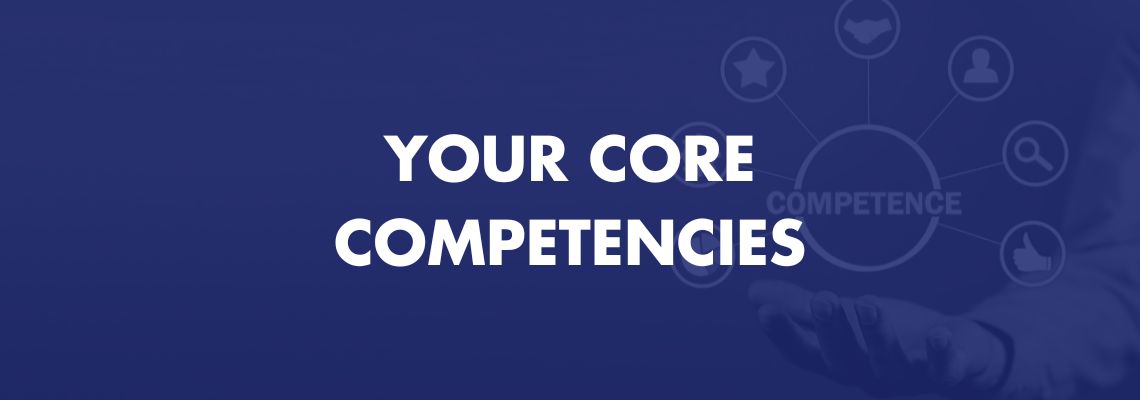I’ve spent many years working with mid-sized businesses, and one of the common challenges I see is a lack of clarity around their core competencies. Identifying, understanding, and leveraging your organisation’s core competencies is essential to gaining a lasting competitive advantage in the marketplace.
A lot of mid-market companies may think they know their core competencies, however, what I often see lacking is a strategic focus. This can be a major Achilles’ heel, leaving them wide open to competitors who are actively leveraging their strengths. They’ll consistently outperform you, leaving you scrambling to keep up.
What are Core Competencies?
Your core competencies are what sets your company apart from the competition. It’s the unique combination of skills, resources, and processes that allows you to consistently deliver exceptional value to your core customers. These strengths and strategic advantages aren’t just valuable, they’re difficult for competitors to replicate.
For example, McDonald’s core competency isn’t making great-tasting hamburgers. It’s their standardisation that allows them to deliver a consistent, familiar experience in every location across the globe.
Core Competencies are not products, products can be replicated quickly in today’s world.
How Many Core Competencies Should I Have?
Too many core competencies can cause a company to lose its focus and create complexity. As the saying goes you cannot scale complexity.
Focus is key. It’s best to identify a limited number of core competencies (3-5). This allows you to truly understand and refine each one, maximising their impact. Spreading yourself too thin can dilute your efforts.
Three Questions to Vet Your Core Competencies
Once you’ve identified some potential strengths, use these three questions to see if they truly qualify as core competencies:
- Market Potential: Can this competency be applied to a wide range of markets and offerings?
- Customer Benefit: Does it significantly contribute to the perceived value your customers receive?
- Competitive Advantage: Is it difficult for competitors to imitate or acquire this competency?
If you can’t answer “yes” to all three, it might be a strength, but not a core competency.
Radical Alignment to a Core Strategy
Want to delve deeper? I explore these ideas in much greater detail in my monograph, “Radical Alignment to a Core Strategy“. For a more comprehensive understanding of business strategy, pick up your copy on Amazon today!








